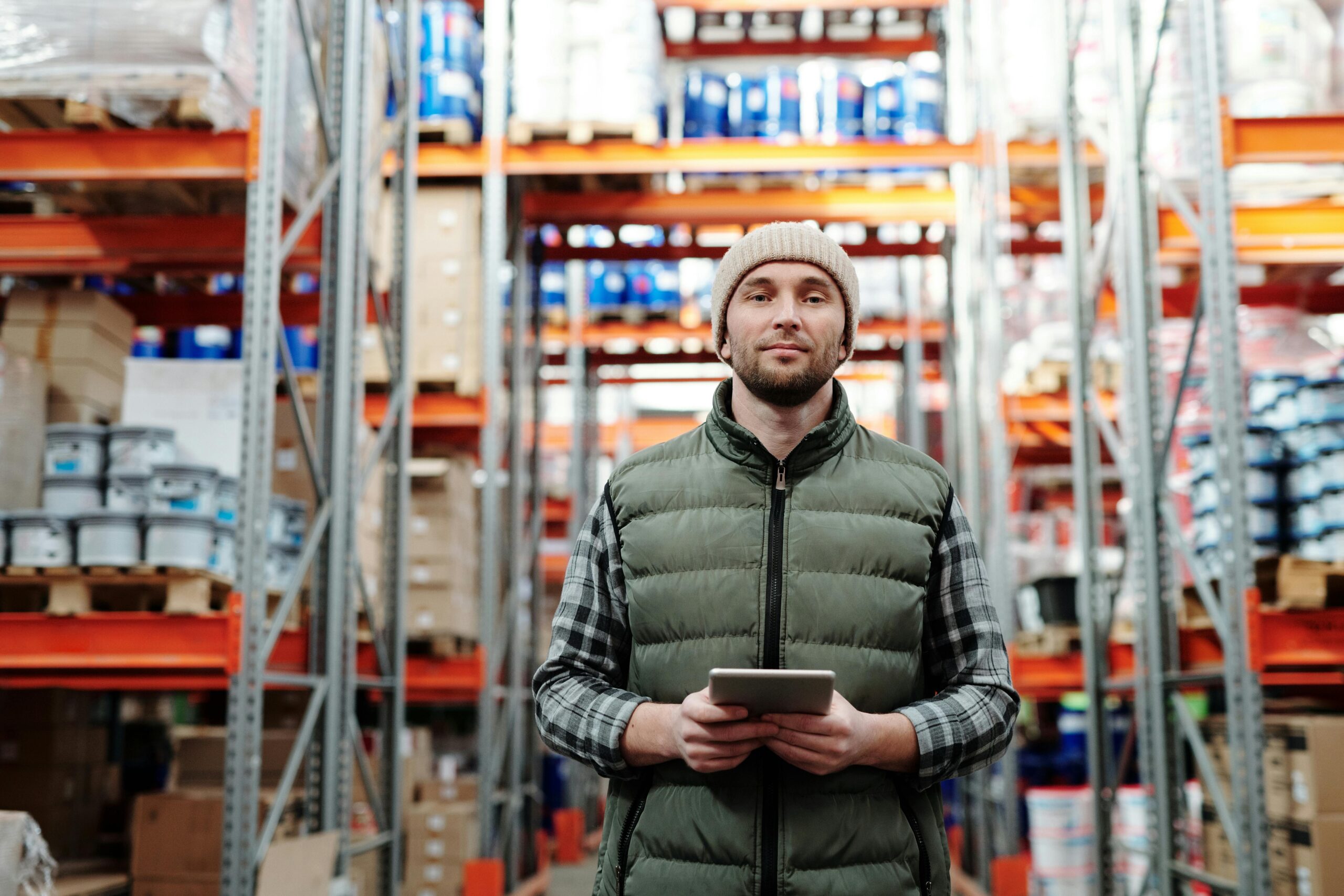The service industry is undergoing a dramatic transformation as robotics technology reshapes how businesses operate and interact with customers, creating unprecedented opportunities for growth and innovation.
🤖 The Dawn of a New Service Era
Across restaurants, hotels, healthcare facilities, and retail establishments, robots are no longer science fiction—they’re everyday reality. From automated concierges greeting hotel guests to robotic servers delivering meals with precision, the integration of robotics into service industries represents one of the most significant shifts in modern business operations.
The global service robotics market is experiencing exponential growth, projected to reach over $100 billion by 2030. This surge reflects not just technological advancement, but a fundamental reimagining of what exceptional service means in the 21st century. Organizations that embrace this revolution find themselves better positioned to meet evolving customer expectations while simultaneously improving operational efficiency.
What makes this transformation particularly compelling is its dual impact: enhancing the customer experience while empowering human workers to focus on tasks requiring emotional intelligence, creativity, and complex problem-solving. Rather than replacing the human touch, robotics amplifies it.
Hospitality Redefined Through Robotic Innovation
The hospitality sector has emerged as a pioneering adopter of robotic technology, with applications ranging from room service delivery to concierge assistance. Hotels worldwide have deployed autonomous robots that navigate corridors, operate elevators, and deliver amenities directly to guest rooms—all while maintaining 24/7 availability without fatigue.
These robotic assistants don’t just perform tasks; they create memorable experiences. Guests often share photos and videos of their robotic encounters on social media, generating organic marketing value that traditional service methods cannot match. This novelty factor translates into increased bookings and positive reviews, directly impacting bottom-line performance.
Contactless Service in the Post-Pandemic World
The COVID-19 pandemic accelerated adoption timelines by years, not months. Health-conscious travelers now actively seek accommodations offering contactless service options. Robots excel in this environment, providing essential services while minimizing person-to-person contact and reducing transmission risks.
Beyond pandemic considerations, robotic systems maintain consistent hygiene protocols. Autonomous cleaning robots equipped with UV-C sanitization technology ensure superior disinfection compared to traditional methods, addressing both actual safety concerns and guest peace of mind.
Transforming Food Service Operations 🍽️
Restaurants and food service establishments face persistent challenges: labor shortages, rising wage costs, consistency issues, and thin profit margins. Robotics offers comprehensive solutions to each of these pain points while introducing new capabilities that were previously impossible.
Automated cooking systems now prepare meals with remarkable precision, ensuring every dish meets exact specifications regardless of order volume or time of day. These systems reduce food waste by accurately portioning ingredients, minimize cooking errors, and maintain perfect temperature control throughout the preparation process.
Robotic servers and delivery systems handle the physically demanding aspects of food service, transporting heavy trays through crowded dining areas without spillage or complaint. This technology proves particularly valuable during peak service hours when human staff face maximum pressure and fatigue.
The Fast-Casual Revolution
Fast-casual dining concepts have enthusiastically embraced robotics, with automated beverage dispensers, burger-flipping robots, and pizza-making machines becoming increasingly common. These systems dramatically increase throughput during rush periods, reduce wait times, and maintain consistent quality that keeps customers returning.
Notable implementations include robotic barista systems capable of preparing dozens of specialized coffee drinks per hour with latte art precision that rivals skilled human baristas. Such systems learn customer preferences, suggest personalized recommendations, and never forget a regular customer’s usual order.
Healthcare Services Enhanced Through Automation
Healthcare facilities deploy service robots for tasks ranging from medication delivery to patient monitoring, allowing medical professionals to dedicate more time to direct patient care. These robots navigate complex hospital environments autonomously, transport supplies between departments, and maintain strict chain-of-custody protocols for controlled substances.
Patient-facing robots provide companionship, facilitate telemedicine consultations, and assist with rehabilitation exercises. For elderly patients or those with mobility limitations, robotic assistants offer dignity-preserving support that enables greater independence throughout their healthcare journey.
The consistency and reliability of robotic systems significantly reduce medical errors related to supply chain issues, medication administration timing, and documentation accuracy. These improvements translate directly into better patient outcomes and reduced liability exposure for healthcare organizations.
Addressing Healthcare Labor Challenges
With persistent nursing shortages affecting facilities worldwide, robots fill critical gaps in non-clinical support functions. This deployment strategy allows human healthcare workers to operate at the top of their licensure, performing tasks that genuinely require their expertise rather than spending time on routine logistics.
Robotic systems also work tirelessly through night shifts and weekends without overtime costs, ensuring consistent service quality regardless of staffing constraints or time of day. This reliability proves invaluable in emergency situations when every second counts.
Retail Experiences Reimagined 🛍️
Retail environments leverage robotics for inventory management, customer guidance, and checkout processes. Autonomous shelf-scanning robots identify out-of-stock items, misplaced products, and pricing discrepancies with accuracy levels unattainable through human inspection alone.
Interactive customer service robots answer questions, provide product information in multiple languages, and guide shoppers to specific items within large stores. These systems never experience bad days, maintain infinite patience with repeated questions, and provide consistent information that aligns perfectly with company messaging.
Self-checkout systems have evolved from simple scanners to sophisticated robotic interfaces that assist customers through the entire purchase process, bag items efficiently, and handle payment processing with multiple methods. These systems reduce wait times while giving customers control over their shopping pace and privacy.
Inventory Intelligence and Loss Prevention
Robotic inventory systems provide real-time stock level data that feeds directly into supply chain management systems, enabling just-in-time restocking that minimizes storage costs while preventing stockouts. This visibility transforms inventory from a static cost center into a dynamic competitive advantage.
Advanced robots equipped with computer vision detect potential security issues, monitor for shoplifting patterns, and alert human security personnel to situations requiring intervention. This dual approach balances loss prevention with positive customer experience.
The Efficiency Equation: Measuring Real Impact
Quantifying robotics benefits requires examining multiple performance dimensions simultaneously. Labor cost reduction represents the most obvious metric, with many implementations achieving 20-40% reductions in staffing requirements for repetitive tasks.
However, efficiency gains extend beyond simple labor substitution. Consider these measurable improvements:
- Operational uptime: Robots operate continuously without breaks, increasing effective service hours by 30-50% compared to human-only operations
- Error reduction: Automated systems decrease mistakes by 60-90% in repetitive tasks like order taking, inventory counting, and supply transport
- Service speed: Robotic systems often complete routine tasks 2-3 times faster than human workers while maintaining higher accuracy
- Consistency: Every customer receives identical service quality regardless of time, day, or circumstance
- Data collection: Robots continuously gather operational data that informs business intelligence and process optimization
These efficiency improvements compound over time, creating sustainable competitive advantages that are difficult for competitors to replicate without similar investments.
Customer Satisfaction: Beyond the Novelty Factor 😊
Initial customer reactions to service robots often focus on novelty and entertainment value. However, sustained satisfaction depends on genuine service improvements rather than technological showmanship. Organizations succeed when robotics enhances rather than diminishes the human service experience.
Customers consistently rate speed, accuracy, and availability as top service priorities. Robots excel in each dimension, delivering orders correctly, operating during off-hours, and maintaining consistent response times regardless of demand fluctuations. These fundamental service qualities drive repeat business and positive word-of-mouth.
Importantly, successful implementations maintain human touchpoints for situations requiring empathy, judgment, or complex problem-solving. The optimal service model combines robotic efficiency for routine tasks with human expertise for exceptional circumstances.
Personalization at Scale
Modern service robots leverage artificial intelligence to recognize repeat customers, recall preferences, and personalize interactions in ways that would be impossible for human workers serving hundreds of customers daily. This combination of efficiency and personalization represents the holy grail of service excellence.
Imagine entering your favorite coffee shop where a robotic system recognizes you, greets you by name, confirms whether you want “your usual,” and suggests a new pastry that matches your taste profile—all in the time it takes to approach the counter. This level of personalized service at scale drives customer loyalty and increases transaction values.
Implementation Challenges and Practical Solutions
Despite compelling benefits, robotics implementation presents real challenges that organizations must address thoughtfully. Initial capital investment remains substantial, with enterprise-grade service robots ranging from $20,000 to $150,000 per unit depending on sophistication and capabilities.
Integration with existing systems, infrastructure modifications, and staff training add to implementation costs. Organizations should approach robotics as a multi-year investment strategy rather than a quick fix, with realistic ROI timelines typically spanning 2-4 years.
Technical challenges include navigation in dynamic environments, handling edge cases, and maintaining systems across dispersed locations. Successful implementations invest heavily in change management, ensuring human workers understand how robotics supports rather than threatens their roles.
Building a Collaborative Human-Robot Workforce
The most successful robotics deployments treat automation as a workforce augmentation strategy. Human workers receive training on new skills—robot supervision, exception handling, and enhanced customer interaction roles—that increase their value to the organization.
This approach reduces resistance, maintains morale, and creates career advancement pathways that didn’t exist previously. Workers transition from routine task executors to robot coordinators and customer experience specialists, roles that offer greater job satisfaction and typically command higher compensation.
Future Horizons: What’s Next for Service Robotics? 🚀
Emerging technologies promise even more sophisticated service capabilities. Advanced artificial intelligence enables robots to handle increasingly complex interactions, understand emotional cues, and adapt responses to individual customer personalities and preferences.
Cloud robotics allows individual units to learn from collective experiences across entire fleets, continuously improving performance based on millions of interactions. A robot in Tokyo can instantly benefit from lessons learned by its counterpart in New York, creating a globally intelligent service network.
Upcoming developments include enhanced manipulation capabilities for handling delicate objects, improved natural language processing for nuanced conversations, and advanced mobility systems for navigating complex terrain including stairs and outdoor environments.
Sustainability and Social Responsibility
Service robots contribute to sustainability goals through precise resource utilization, reduced waste, and energy-efficient operations. Modern units consume less power than equivalent human workspaces when accounting for lighting, climate control, and support infrastructure.
Organizations implementing robotics should simultaneously invest in workforce development programs that help displaced workers transition to new roles within the evolving service economy. This balanced approach maintains social license while capturing technological benefits.
Strategic Considerations for Service Organizations
Organizations evaluating robotics investments should begin with pilot programs targeting specific pain points rather than attempting comprehensive deployments immediately. Start with well-defined use cases offering clear ROI metrics and manageable risk profiles.
Successful strategies align robotics investments with broader digital transformation initiatives, ensuring robots integrate seamlessly with CRM systems, inventory management platforms, and business intelligence tools. This holistic approach maximizes data value and operational synergies.
Partner selection proves critical—choose robotics vendors offering proven solutions, comprehensive support, and long-term viability. The cheapest option rarely delivers the best value when considering total cost of ownership over multiple years.

Creating Competitive Advantage Through Robotic Excellence
Forward-thinking service organizations recognize robotics not as a cost reduction tool but as a strategic differentiator enabling capabilities competitors cannot match. Speed, consistency, availability, and personalization combine to create exceptional customer experiences that drive market share gains.
Early adopters establish brand positions as innovative, customer-centric organizations embracing technology to deliver superior service. This perception attracts both customers and talent, creating virtuous cycles of improvement and growth.
The question facing service industry leaders is no longer whether to adopt robotics but how quickly to move and which applications to prioritize. Organizations that answer these questions thoughtfully position themselves to thrive in an increasingly automated service economy.
The robotics revolution in service industries represents a fundamental shift in how businesses create value for customers while maintaining operational excellence. Success requires balancing technological capability with human insight, efficiency with empathy, and innovation with responsibility. Organizations embracing this balanced approach discover that robotics doesn’t replace the human element in service—it elevates it, freeing people to focus on what humans do best while machines handle what they do best. The result is a service experience greater than the sum of its parts, delivering satisfaction levels that neither humans nor robots could achieve alone.
Toni Santos is a future-of-work researcher and social innovation writer exploring how technology, culture, and global mobility are redefining what it means to work and thrive in the 21st century. Through his studies on automation, digital nomadism, and workforce transformation, Toni examines the balance between progress, adaptability, and human purpose in a rapidly changing world. Passionate about remote collaboration systems and digital inclusion, Toni focuses on how emerging tools and global connectivity empower individuals to build meaningful, flexible, and resilient careers. His work highlights how automation and new work models can coexist with creativity, empathy, and social value. Blending sociology, economics, and digital strategy, Toni writes about the human side of innovation — helping readers understand not only where work is heading, but how to align with its transformation responsibly and purposefully. His work is a tribute to: The evolving relationship between automation and human employment The rise of global, location-independent lifestyles The power of resilience and adaptability in the modern workforce Whether you are a freelancer, remote leader, or curious observer of the new economy, Toni Santos invites you to explore the future of work — one idea, one connection, one transformation at a time.




